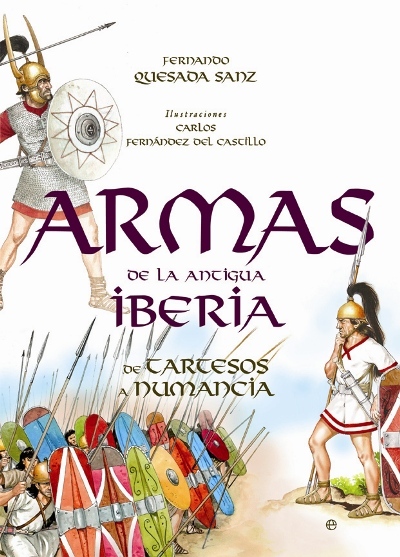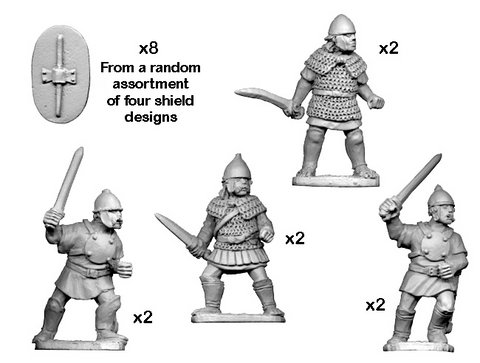After settling the baby for the night I forced myself to start painting my Victrix Iberians. I needed to settle upon a painting method that was visually pleasing but fuss free and fast. As a working wargaming parent time is now a highly precious commodity. Time when my eyes are rested enough to squint at a 28mm mini is even more scarce!
Below are the initial results of three different approaches. From left to right: (left) white base coat, shade with wash, then highlight in white blended with the wash to produce a softer off-white; (centre) block paint, washed all over with Army Painter soft tone, no highlights; (right) grey base coat working up to white highlights, the Kevin Dallimore approach.
Whilst the Dallimore approach gives the sharpest contrast between recesses and raised detail the brightness of the white on both the right and left is probably unrealistic. I have some doubt whether the ancients could achieve shiny bleached whites. That said, historical considerations aside, the bright white does make the figures stand out. I will try some quick highlights on the tunic of the middle figure to see if a sharper impression results.
That said, this pseudo-Army Painter approach (I can't bring myself to use the nasty floor wax dip) produces acceptable results fast.
Armas De La Antigua Iberia
Also aiding the Iberian endeavour is my recent acquisition of Fernando Quesada-Sanz's Armas De La Antigua Iberia (Arms of Ancient Iberia) which is one of the best illustrated resources in print of ancient Iberian weaponry, armour and way of war. It is the Peter Connolly of ancient Iberia.
The English translation from Pen and Sword keeps getting pushed back, and I needed an excuse to practise my Spanish, so I asked my parents to lug back the weighty tome from their recent Spanish holiday.
There are still a few nagging questions about Celtiberian arms and armour that I've not been able to resolve from the book. Archaeological evidence indicates that - contrary to wagaming conventions - the Celtiberians used the round caetra shield rather than the oblong scutum. The latter was likely a Carthaginian import following the First Punic War and it took off mainly in the Iberian levant that was subject to heavy Phoenician influence.
Grave contents in Celtiberia also seem to show a lack of armour, with the exception of a single round-disc pectoral from the c. 5th-century BCE. (See this extremely enlightening paper by Quesada-Sanz that illustrates arms and armour by period).
It may be that rather than the mishmash of typical Celtic and typical Iberian armour styles one finds in say, the Crusader range, the Celtiberians may have been unarmoured for the most part (no mail or pectoral plate).
Alas, I have 20 of these mis-clad buggers from Crusader, though I can handwave their dress away as the accumulated arms of veteran Celtiberian mercenaries.
Helmets also appear to be conical rather than the reversed jockey cap Montefortino, which only really takes off after the conclusion of Hannibal's War.
Similar helms with a peaked brow. The only 28mm figure I've seen which features these is from Relic, but only one. The other Celtiberians come with Montefortinos.
Through careful selection of straight-edged swords and indigenous helmets it may be possible to construct a more accurate Celtiberian out of the Victrix kit. The options therein are mainly representative of Iberians under Phoenician influence (many Montefortino helms and scuta), but they come with an equal amount of caetra. It is probably Victrix's most customisable ancient set thus far. More on that once I get the chance to put some together.














